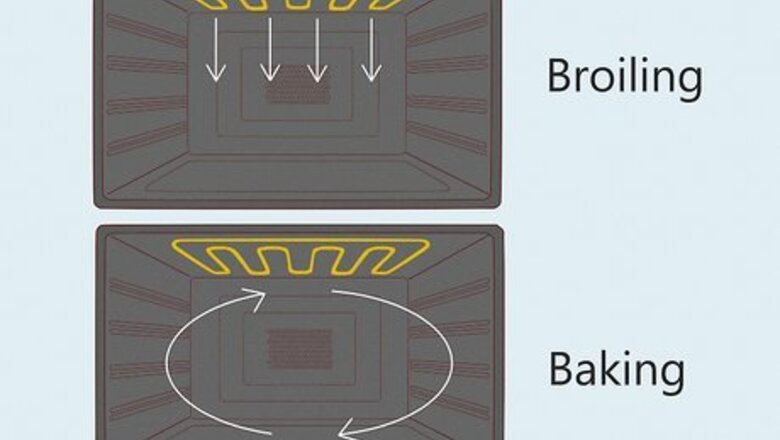
views
- Broiling cooks food with high, direct heat at the top of the oven, while baking uses lower, indirect heat throughout the entire oven.
- It typically takes between 30 to 60 minutes to bake foods, while broiling often lasts for less than 10 minutes.
- Broiling is best for cooking thin strips of meat, like steak and tuna, and crisping up cooked dishes like macaroni and cheese.
- Most bread doughs, pastries, savory dishes like casseroles, and thick cuts of meat are baked.
Differences Between Broiling and Baking
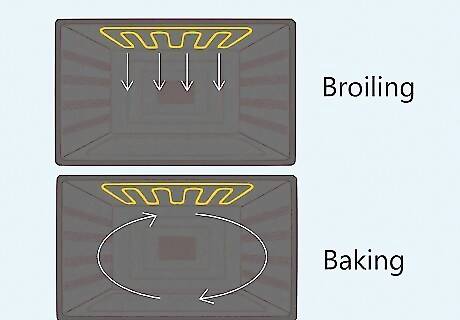
Broiling applies direct heat, while baking circulates indirect heat. Both broiling and baking use a heated oven to cook. Most ovens have a broiling element that is placed at the top of the oven. When you broil, heat only comes from that element. On the other hand, baking uses heat from the entire oven. The top, bottom, and back elements heat up to thoroughly cook your dish. Some ovens have a separate broiler drawer that’s below the oven.
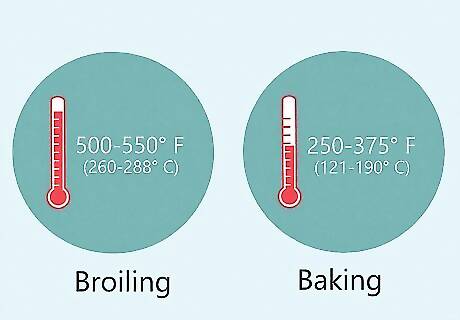
Baking is done at lower temperatures than broiling. While it depends on the food and your recipe, most baking temperatures are between 250-375° F (121-190° C). Broiling typically reaches higher temperatures between 500-550° F (260-288° C). This gives food a delicious crunch.
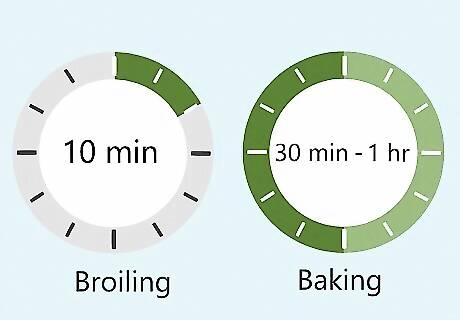
Broiling usually takes less time than baking. Because of the direct heat and high temperatures, most recipes say to broil for no more than 10 minutes. You need to watch your food carefully too, as it can easily burn. Baking times are usually much longer, though they again depend on the food you’re cooking. Generally, you bake most foods between 30 minutes to 1 hour. Some ovens have a convection baking setting. A convection oven uses a fan to disperse heat, which can lower your cook time and give you a more even bake.
What is broiling?

Broiling uses high, direct heat to crisp up food quickly. Thin slices of meat and cooked foods that need a crunch are usually reserved for broiling. Because the high heat only comes from one source, broiling doesn’t give thick or more liquidy foods a consistent, all-around cook. Broiling is great for searing tuna, cooking pork tenderloin, and making juicy steaks. Thin veggies like asparagus, peppers, and zucchini cook quickly when broiled. Broil already cooked dishes like pizza and macaroni and cheese to give them a crispy top layer. Crisp up garlic bread or make crunchy, buttery toast by using the broiler, too.
What is baking?
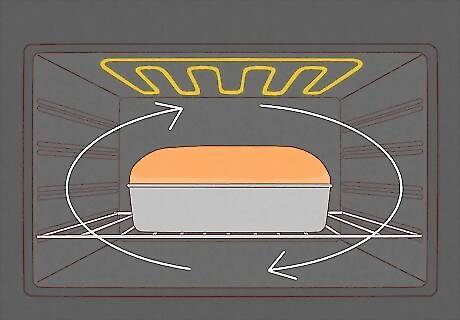
Baking slowly removes moisture, changing a food’s structure. This cooking method is often best for moist foods and recipes, which is why it's usually used for doughs and batters. The all-around, indirect heat during baking gets rid of moisture, allowing foods to rise and cook all the way through. The lower heat also prevents burning, which is why breads, cakes, pies, and cookies are typically baked instead of broiled. Thicker cuts of meat like chicken and pork are also great for baking. They benefit from the slow and low method to cook all the way through. Savory dishes like baked pastas, macaroni and cheese, and casseroles like green bean casserole are perfect for baking. When baking, preheat your oven before putting in your food. Getting the oven to your desired temperature helps ensure an even bake.
What is roasting?
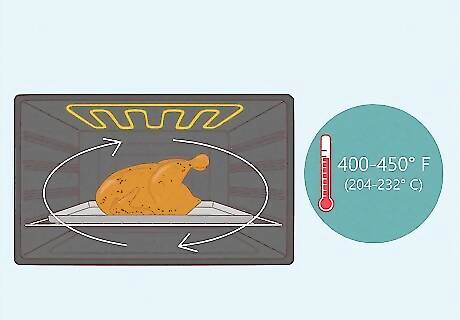
Roasting uses indirect heat to cook thick pieces of meat slowly. Roasting reaches temperatures between baking and broiling, ranging around 400-450° F (204-232° C). The combination of high heat and a consistent, indirect source makes roasting perfect for large slabs of meat and thick vegetables. The higher heat also gives foods a beautiful golden sheen and a crunch when you bite into them. Thick cuts of ham, ribs, beef, and whole chickens and turkeys are extra delicious when roasted. Larger, dense vegetables like potatoes, cauliflower, carrots, and brussel sprouts benefit from the crispiness of roasting. Roasting is also great for simple sheet pan dinners. Just throw chicken, fish, or pork on a pan with veggies like broccoli, potatoes, peppers, and onions.


















Comments
0 comment